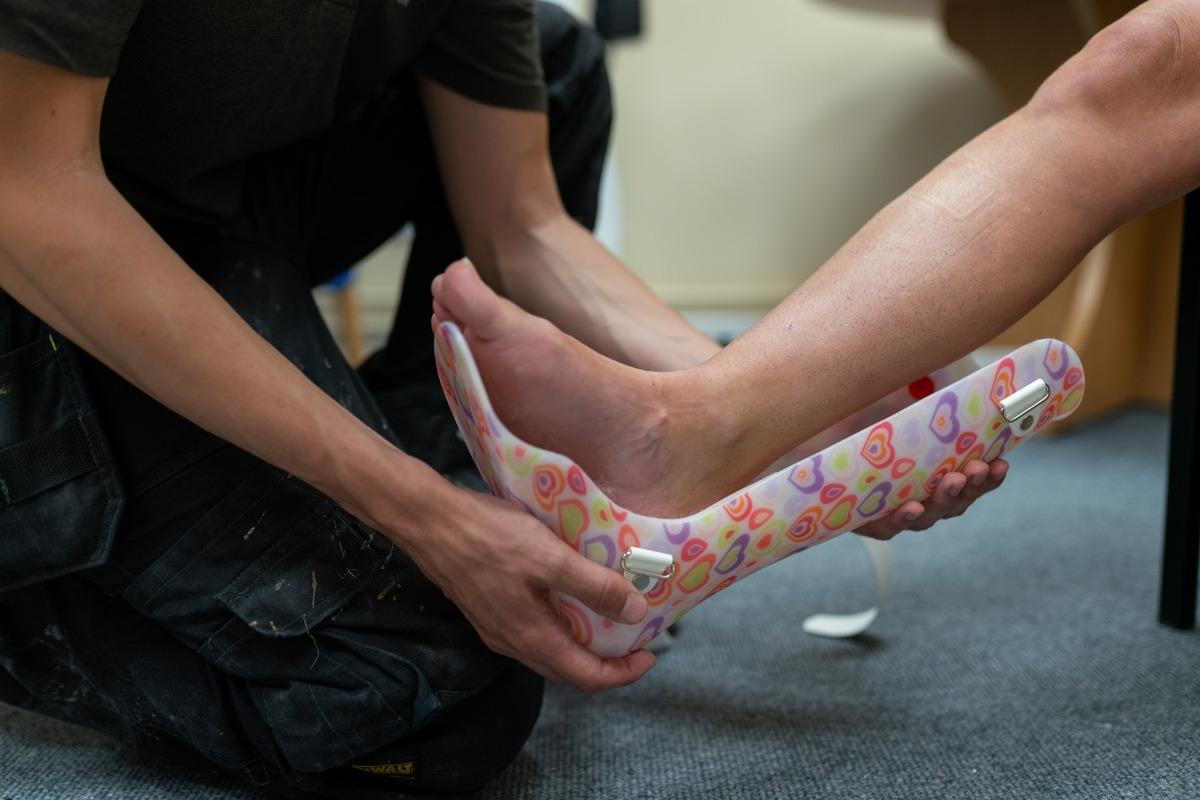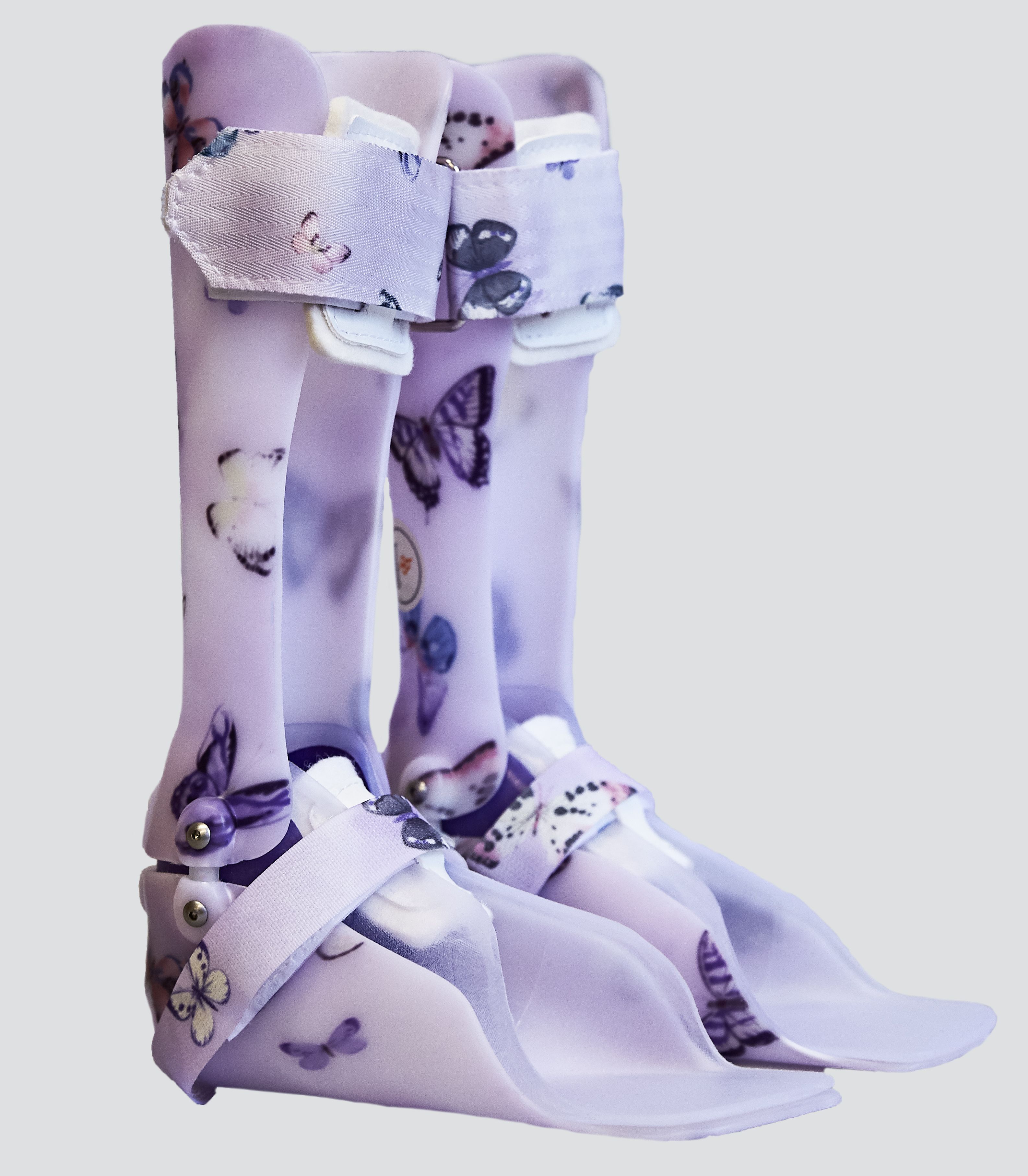Ski Boot Fit Adjustments Tips Louisville CO
Boot fitting for ski racing is an important side of the sport, enjoying a major function in performance and comfort. A well-fitted boot can enhance management, precision, and total enjoyment on the slopes. Ski racing requires the skier to exert immense pressure on their boots, making the right fit a crucial part in reaching optimal performance.
The process of boot fitting includes several intricate steps, starting with understanding the skier's foot shape and size. Every foot is unique, and numerous manufacturers have different final widths, heel shapes, and instep heights. A trained boot fitter will take precise measurements, making certain that the skier's foot is precisely represented within the chosen boot mannequin.
Once the measurements are obtained, the next stage is the selection of boots that align with the skier's talent degree and racing objectives. For novice racers, a softer boot could present some forgiveness and luxury. In distinction, extra superior racers typically require stiffer models that facilitate higher energy transfer for heightened control, particularly at high speeds.
After selecting the best boot, the fitting process actually begins. This is the place the boot fitter meticulously focuses on making a personalized fit, usually called "shell fitting." The boot is tried on without the liner, permitting the fitter to evaluate how the shell of the boot contacts the foot. Gaps or pressure points may be recognized simply at this stage, with the aim being to remove any areas that might result in discomfort over time.
Custom Boot Fitting Packages Available Brighton CO
Heat molding is considered one of the most vital components of boot fitting. This entails heating the liner and generally even the shell, permitting it to mold across the skier’s foot. A properly molded liner hugs the foot snugly, providing both warmth and luxury. This heat can forestall cold feet during long days on the slopes, an issue that many racers face.
While heat molding is essential, so is making fantastic changes through the fitting. Often, minor tweaks similar to footbeds or insoles could also be necessary. A customizable footbed can significantly improve fit, cushioning, and total help. It can also improve alignment, which is fundamental for minimizing fatigue and maintaining management throughout high-speed runs.
Ski Boot Maintenance for Continued Fit Loveland CO
It’s necessary to contemplate the flex index of the ski boots. Various producers price flex in a special way, however typically, junior racers require a softer flex to promote mobility and adaptability as they're nonetheless developing skills. More superior rivals usually go for a stiffer flex that interprets into better vitality transmission and responsiveness when carving turns.
Another consideration in boot fitting for ski racing is the stance alignment. Proper alignment of knees, hips, and ankles is crucial for environment friendly energy switch and preventing injuries. The boot fitter will assess this alignment and make changes, if needed, to ensure that the skier is in one of the best position for performance.
Footbeds for Proper Ski Boot Fit Louisville CO
The function of socks cannot be overlooked in phrases of boot fitting. Specialized ski socks, typically made of supplies designed for moisture-wicking and insulation, play a vital function in maintaining warmth. Additionally, they might help reduce friction inside the boot itself, decreasing the likelihood of blisters throughout extended intervals of skiing.
Communication between the skier and the boot fitter is crucial all through the fitting process. Skiers should voice any discomfort or pressure points they could feel, permitting the fitter to address these issues instantly. This back-and-forth helps guarantee the final product will meet the skier's particular needs and preferences.
Is Bootfitting Really Necessary? Frederick CO
Finally, trying the boots on the snow is irreplaceable. An preliminary fitting can really feel great within the shop, but snowboarding puts a unique set of demands on the boots. If a skier can, they want to test the fit on a practice run or coaching course to confirm comfort and performance. This real-world testing helps to establish minor adjustments that will not have been obvious during the fitting.
In conclusion, boot fitting for ski racing is a meticulous and personalised process that greatly impacts a skier’s performance. The proper fit enhances comfort, ensures management, and minimizes the danger of harm. By investing time and a spotlight into discovering the right boots, racers can give consideration to what they love most – the thrill of the race.
The collaboration between the skier and the boot fitter is crucial in navigating this advanced journey. A perfect fit not solely improves performance but also fosters enjoyment in the sport. Through high quality fitting, consideration to detail, and personalised changes, skiers can take benefit of their racing experience and reach their full potential on the slopes.
- Precise measurements of foot size and width are important for achieving a snug fit, minimizing motion that may have an effect on performance during races.
- Ski boot liners must be heat-molded to make sure a custom fit, allowing for enhanced comfort and improved power switch to the ski.
- The flex rating of a ski boot ought to match the athlete's snowboarding style, with stiffer boots beneficial for superior racers who require higher control at high speeds.
- Ankle and heel hold is crucial; fit specialists typically make use of varied strategies to ensure these areas are securely locked in place.
- Proper alignment of the boot cuffs can significantly impact stability and edge management, making it important for racers to have well-adjusted cuff positioning.
- The tongue of the boot should ideally provide consistent pressure across the instep, preventing discomfort and enhancing responsiveness.
- Using footbeds or custom insoles can improve foot assist, offering higher stability and lowering fatigue throughout lengthy races.
- Attention to vent placement is important; adequate ventilation helps regulate temperature, preventing numbness or discomfort during runs.
- Evaluating the skier's method and stance can guide particular boot changes, tailoring the fit to reinforce general performance on the racecourse.
- Consistent follow-up adjustments post-fitting might help tackle any discomfort which will come up throughout training, making certain peak performance during competitions.undefinedWhat is boot fitting for ski racing?
Common Boot Fit Issues and Fixes Lafayette CO
Boot fitting for ski racing is the process of customizing ski boots to ensure optimal fit, comfort, and performance on the slopes. It includes adjusting numerous parts to reinforce your skiing experience and achieve more efficient energy transfer.

Why is correct boot fitting necessary for ski racing?
First Time Getting Ski Boots Fitted Tips Lyons CO
Proper boot fitting is essential for ski racing as a outcome of it allows for better control, responsiveness, and comfort. A well-fitted boot can help prevent injuries and improve general performance by making certain that skiers can keep proper technique and balance.
How do I know if my ski boots fit correctly?
You can determine if your ski boots fit accurately by checking for a snug fit without pressure points. Boot Fit Calculators and Tools Superior CO. When buckled, your toes should barely brush the entrance of the boot, and there must be minimal movement of your heel. A qualified boot fitter can also conduct knowledgeable analysis
Is Bootfitting Really Necessary? Frederick CO
What customizations may be accomplished during the boot fitting process?
Customizations during the boot fitting process can embrace heat molding liners, adjusting buckles, including custom footbeds, and modifying the shell. Each adjustment is tailor-made to accommodate your distinctive foot shape and snowboarding fashion, enhancing comfort and performance.
How long does the boot fitting process take?
Ski & Snowboard Boot Fitting Overview Westminster CO
The boot fitting process usually takes anywhere from 1 to 3 hours, depending on the level of customization needed. This timeframe allows for thorough evaluations, adjustments, and testing to ensure the very best fit.
Can I ski instantly after getting my boots fitted?
It's advisable to permit a while to interrupt in your newly fitted boots earlier than heading out to ski. While you can certainly try them on and walk around in them, skiing with them for a few hours helps ensure they settle into the fit and improve comfort.
How often should I get my ski boots fitted?
Boot Fitting Instructions for Beginners Dacono CO
It's beneficial to get your ski boots fitted each few seasons or every time there are noticeable modifications in your foot shape, discomfort arises, or in case your snowboarding type modifications significantly. Regular evaluations help maintain one of the best fit and performance.
What should I bring to a boot fitting appointment? (Understanding Ski Boot Fit Dacono CO)
For a boot fitting appointment, put on or convey the socks you sometimes ski in, as they can affect fit. Additionally, consider bringing any current ski gear, such as your skis and bindings, to assist the fitter assess your full setup.
Comfort Versus Precision in Boot Fitting Broomfield CO
Are there special considerations for women or racers with unique foot shapes?

Yes, women and racers with distinctive foot shapes may have specialised boots or custom modifications. Women's ski boots typically have totally different flex patterns and shapes, whereas distinctive foot shapes may require custom footbeds or shell modifications for optimum performance.
What if I experience discomfort after my boot fitting?

If you experience discomfort after your boot fitting, it's essential to return to your fitter. They can assess the issues and make necessary changes (How Tight Should New Ski Boots Be? Superior CO). Addressing discomfort early on can prevent performance issues and enhance your skiing experience
Going Here useful reference